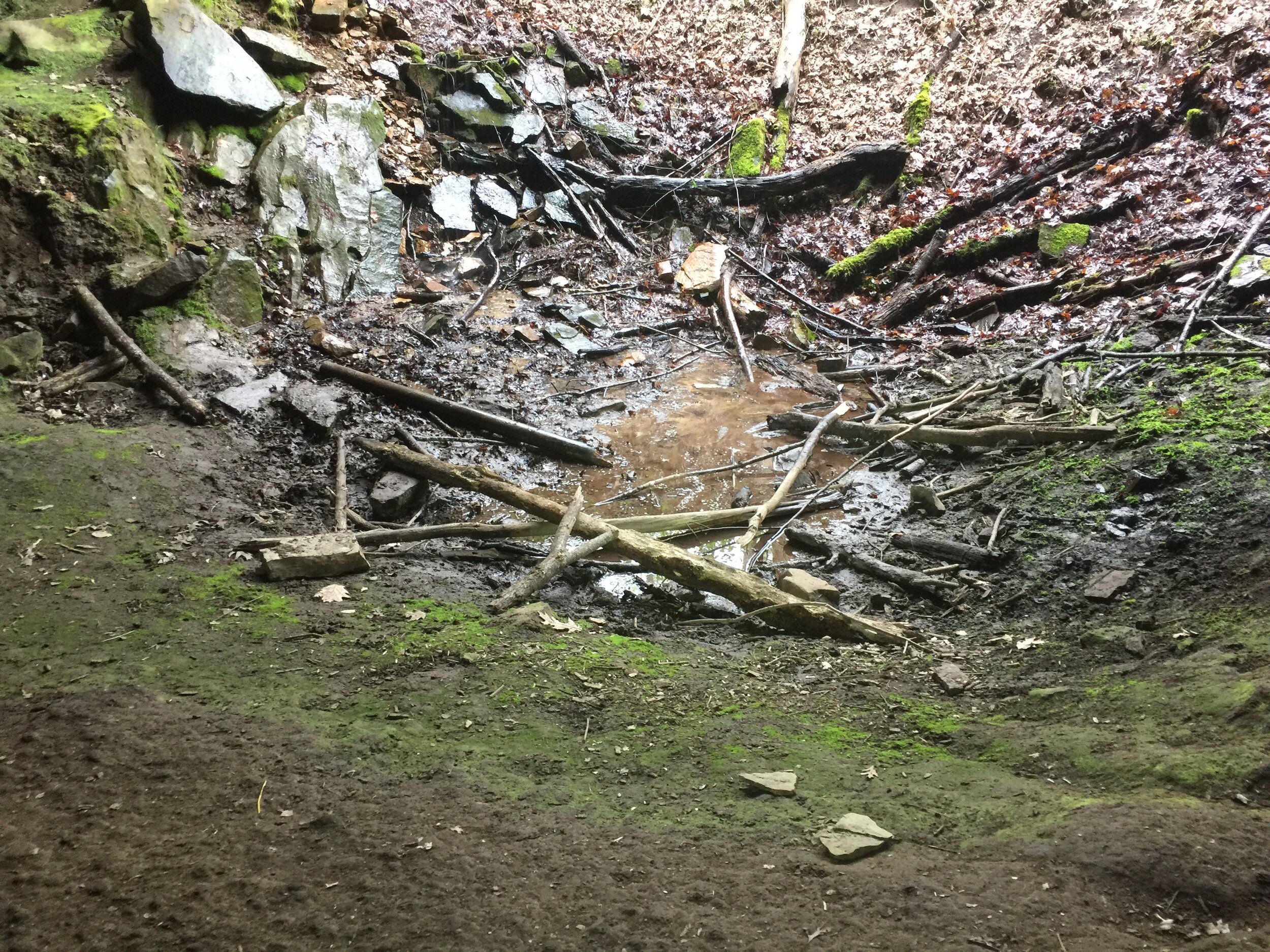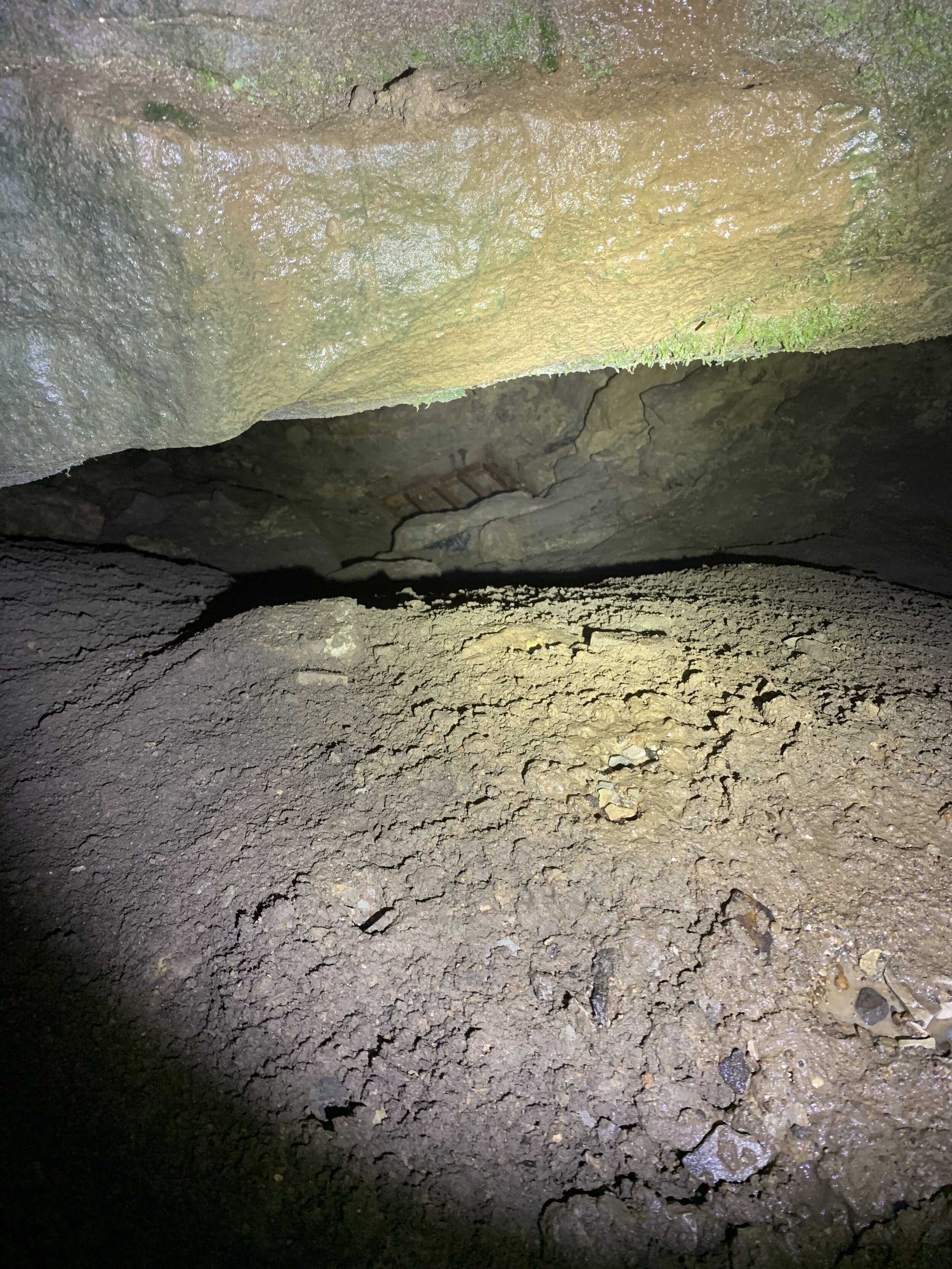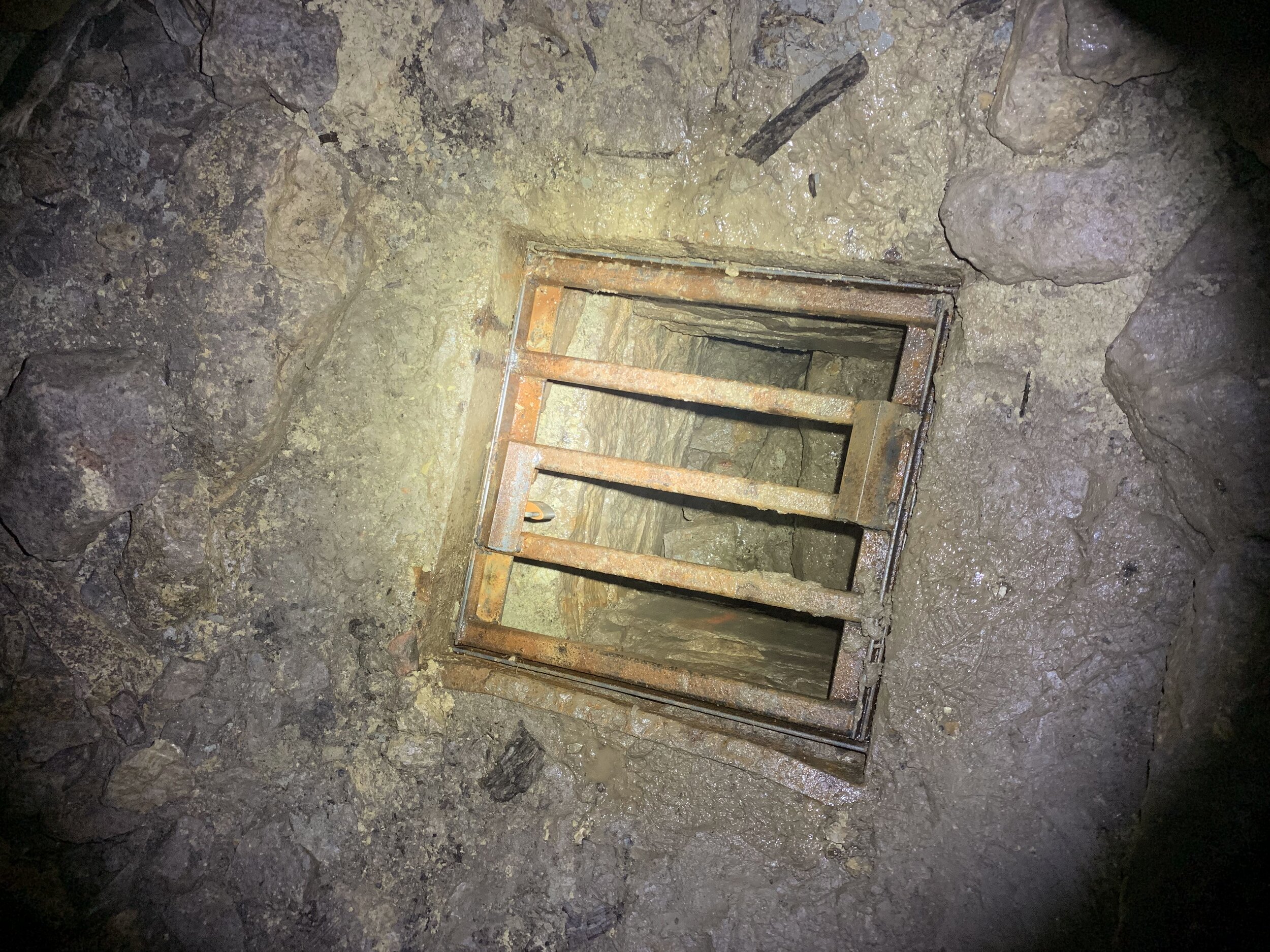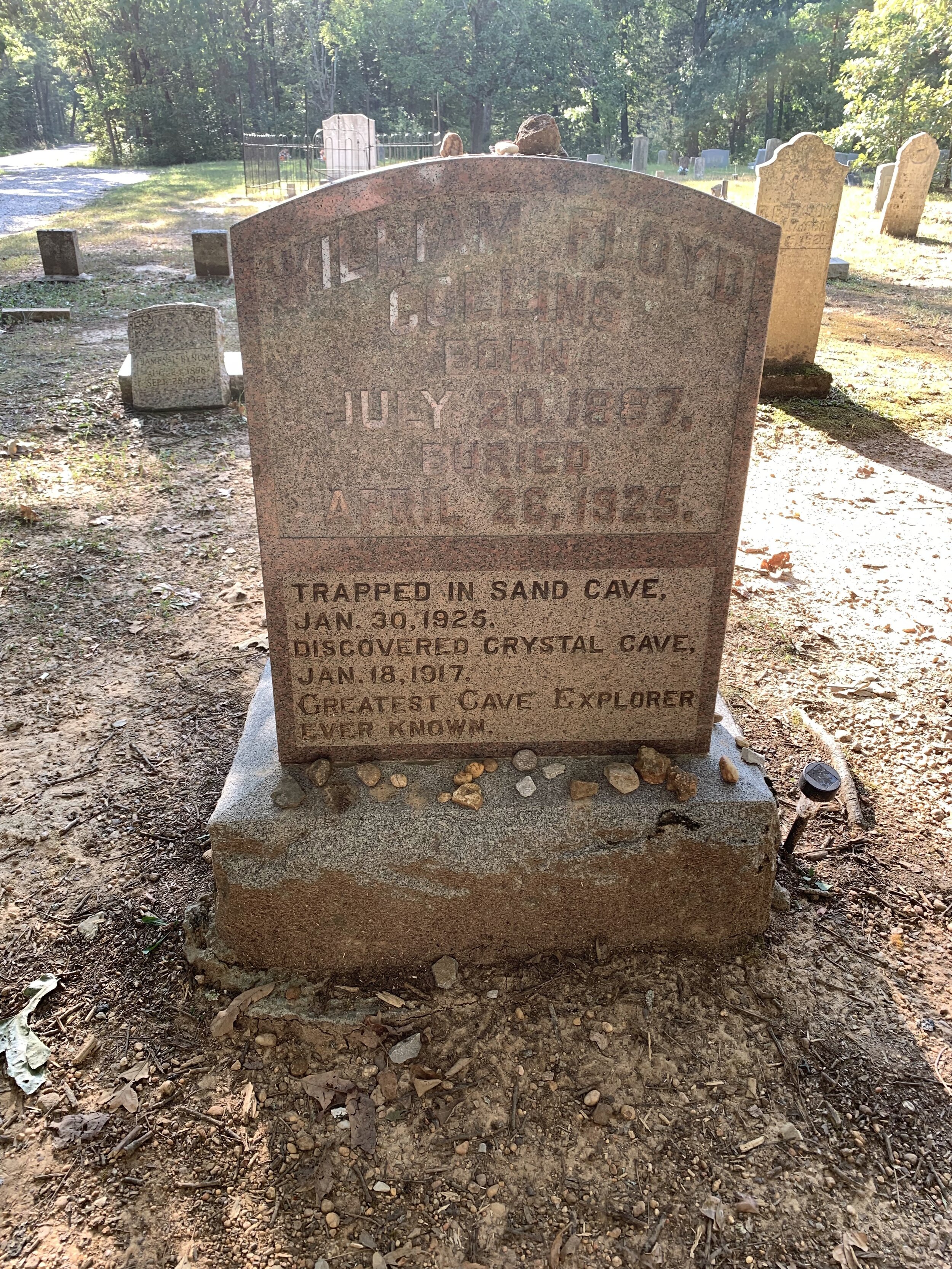The Tragic Tale of Floyd Collins








Today the name Floyd Collins has all but faded into history. Unless you live in the heart of Kentucky's cave country odds are that you've never heard of Mr. Collins. For a brief moment in 1925 Floyd's perilous situation focused the attention of the world on rural Cave City Kentucky, ultimately making him the second most covered news story of the 20th century (second only to the kidnapping of the Lindberg Baby). Although his tale ended in tragedy, this attention would ultimately highlight the unique natural wonders of the area, and eventually lead to the founding of Kentucky's only national park.
William Floyd Collins was an amateur cave explorer in Edmundson county Kentucky in the early 1900's. The local economy was almost entirely dependent upon the phenomenal cave system of the area (Mammoth Cave, later proven to be the largest cave system in the world). Floyd's family owned and operated "Crystal Cave", a particularly beautiful cave that was unfortunately a bit too far off the beaten path. During this era of the so-called "Kentucky Cave Wars" cave operators were notoriously cut throat in stealing each other's business. With the entire area serviced by a single country road, caves nearer to the main roads would often put up signs claiming to be their more grand and famous neighbors from further down the road. This meant that location was key to securing customers, and Crystal Cave was located at virtually the end of the road.
In search of a new cave in more prime real estate, Floyd struck a deal with another landowner whose property contained "Sand Cave". Although it was much smaller, Sand Cave was in an ideal location not too far from town. To pursue Sand Cave Floyd first had to use dynamite to open up the entrance, and then spent days crawling through tiny unstable passages in search of a larger cave system below.
On January 30th 1925 Floyd finally emerged from this tiny crevice into the large cave system he was searching for (likely an extension of Mammoth Cave, although the dangers of Sand Cave have prevented anyone from proving this). His victory was short lived however, as a fading lantern light forced him to make a hasty exit from the cave. During this scramble back through the tiny passages he managed to dislodge a rock which pinned his leg and prevented him from escaping the cave.
Floyd's friends and family quickly realized what had happened, but the tiny and unstable nature of the passage made it impossible for them reach Floyd's pinned leg. Their calls for help were answered by no less than the Army National Guard. What followed was a weeks long epic attempt to free Floyd from the cave by digging a rescue shaft down and behind his location, in hopes of reaching the trapped leg. The initial media coverage was provided by William Burke "Skeets" Miller, who would be awarded a Pulitzer Prize for the story. Unfortunately this coverage would see thousands of onlookers descend upon the area creating an almost carnival like atmosphere, and possibly interfering with the rescue efforts.
Initially rescuers were able to reach Collins through the cave’s cramped passage to provide food, water, and even heat via an electric light bulb. Unfortunately during the rescue efforts the movement in the tight space combined with heat from all of the rescuers working destabilized the cave enough to collapse the room, severing access to Floyd.
On February 17th the rescuers finally reached Floyd, only to find him dead (estimated to have died 4 days earlier). The further risky effort required to extract the body was deemed unnecessary, and the rescuers sealed their shaft, entombing Floyd's body where it lay. In April of that year Floyd's father decided he couldn't stand the thought of his son laying in this natural grave, and so a successful effort was made to retrieve the body. He was then interred in a plot near his beloved Crystal Cave on the family's property.
Floyd's tragic end and the attention that it had brought to the area greatly increased tourism, and even led to the call that would eventually see the area become Mammoth Cave National Park. This increased traffic made the local cave properties much more valuable, and Floyd's father eventually sold Crystal Cave. The new owners quickly seized upon Floyd's notoriety and exhumed his body, placing it in a glass topped coffin within the cave itself.
As the Cave Wars escalated someone (likely the owner of a rival cave) managed to steal Floyd's body from within the cave. The remains were eventually found abandoned in a nearby field, but the damaged leg that had trapped Floyd deep within Sand Cave had been removed, never to be found.
Eventually the National Park system managed to buy up all of the local caves. With the purchase of the Crystal Cave property the parks system also assumed possession of Floyd's remains. He was then removed from Crystal Cave and reinterred in the cemetery at nearby Mammoth Cave Baptist Church.
If you’re planning a trip to visit the Bluegrass State’s only National Park, you owe it to yourself to stop by and pay your respects to Floyd. A man whose passion for the breath taking beauty of the local caves cost him his life, but in that tragic end ensured that his beloved caves would be shared with the world. Sand Cave where his epic story unfolded is located just outside of the main entrance to the park. Right as you see the big “Mammoth Cave National Park” sign, you’ll also see a small parking lot. Stop here and hike the very short distance to the cave. Floyd’s grave, along with those of several other notable figures from the Cave Wars can be found at the Mammoth Cave Baptist Church cemetery, which is located along a small service road just off the main parking lot of the park visitors center.
Want to Experience This Adventure Yourself?
Mammoth Cave National Park: 1 Visitor Center Parkway Mammoth Cave, KY 42259-0007
Sand Cave: https://goo.gl/maps/WMTKt44uSdrCh8uQ8
Floyd’s Grave: https://goo.gl/maps/BbA4sbALpSCTNYMeA